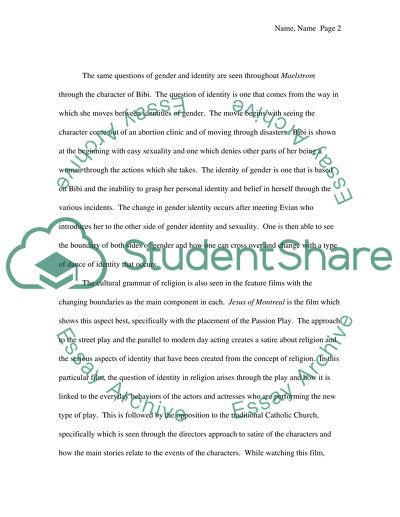Cite this document
(“Film and the City:Urbanity in Postmodern Canadian Cinema Essay”, n.d.)
Retrieved from https://studentshare.org/environmental-studies/1410067-film-and-the-city-urbanity-in-postmodern-canadian
Retrieved from https://studentshare.org/environmental-studies/1410067-film-and-the-city-urbanity-in-postmodern-canadian
(Film and the City:Urbanity in Postmodern Canadian Cinema Essay)
https://studentshare.org/environmental-studies/1410067-film-and-the-city-urbanity-in-postmodern-canadian.
https://studentshare.org/environmental-studies/1410067-film-and-the-city-urbanity-in-postmodern-canadian.
“Film and the City:Urbanity in Postmodern Canadian Cinema Essay”, n.d. https://studentshare.org/environmental-studies/1410067-film-and-the-city-urbanity-in-postmodern-canadian.


